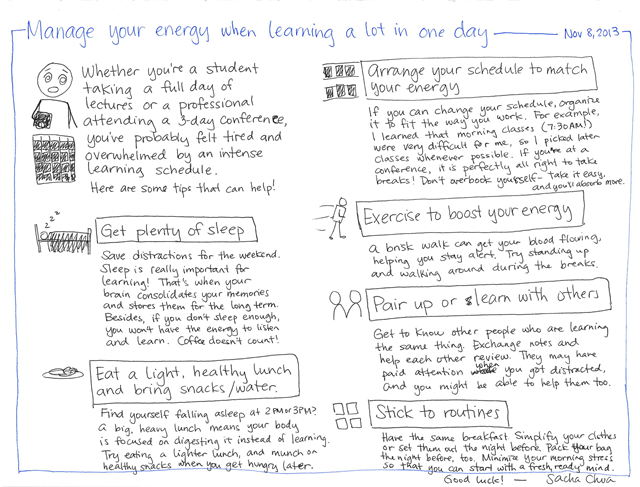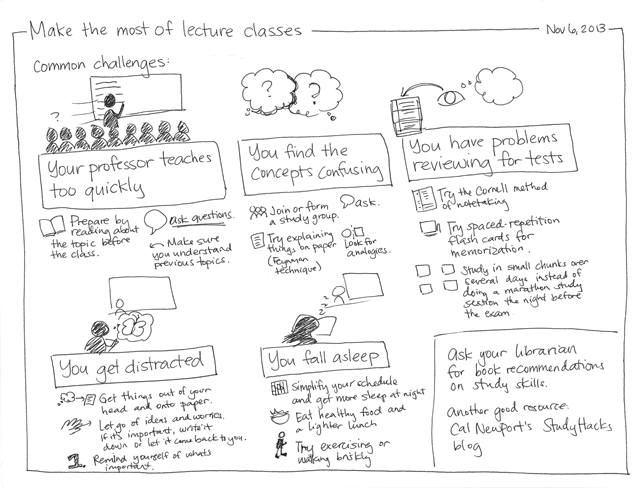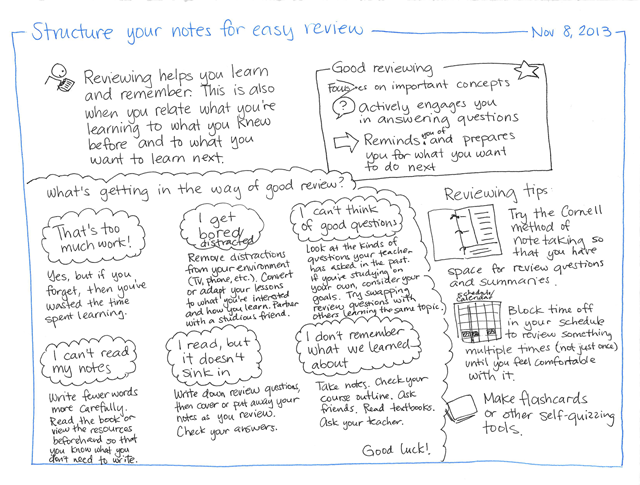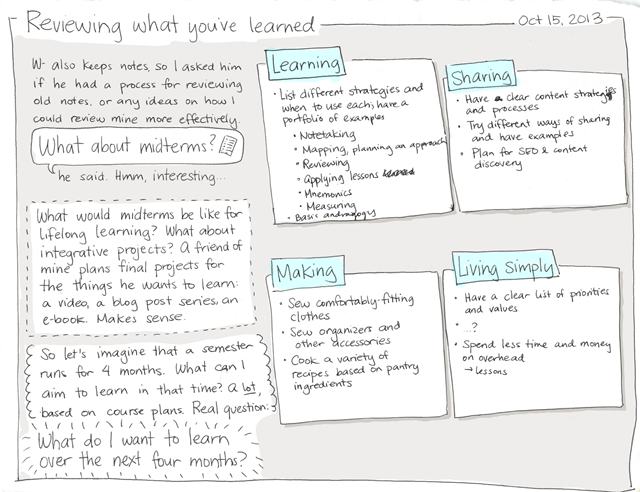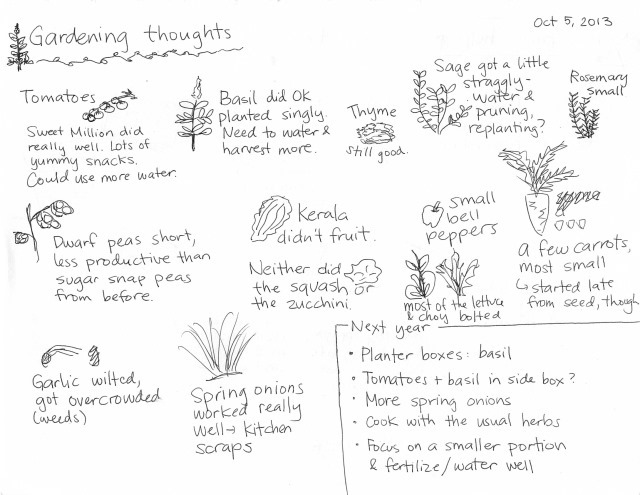When I started my experiment last year, leaving the familiarity of web development at IBM for my own adventures, I wanted to dig into several big unknowns that I had little experience with: the paperwork and accounting required for business, and the sales and marketing that’s even more crucial to business survival. I had tracked my personal finances and prepared our taxes for years, but business finances were new to me. I’d loved reading sales and marketing ever since I could clamber up my mother’s bookshelves, although my understanding was still abstract. So I expected to do favourably, but I was still a little nervous. After all, this was one of the key differences between an independent life and one inside a company. My experiences with this would determine whether I could survive on my own or whether I’d do better within a structure built by someone else. Would the benefits of managing my own business outweigh the overhead? Would the experiment be a long, hard slog, or could I get the hang of the fundamentals?
Accounting and paperwork was the first hurdle. I wanted to incorporate right away to have that separation between me and the company, so that any mistakes I might make wouldn’t bring us all down with it. It was probably unnecessary, but it was good to know that as long as I paid attention to the details, we’d be okay.
For the most part, D.I.Y. paperwork has been sufficient. I filed my articles of incorporation online, registered my company with the Canada Revenue Agency. It took me a while to sort out getting a business credit card, but it was straightforward once I did so. There were a few stressful evenings of forum research and fact-checking on government websites, such as when I decided to cancel my cellphone claims and ended up owing additional taxes. (It turned out to be just a few dollars’ worth.) Reading entrepreneur forums like the ones at Red Flag Deals helped me watch out for common pitfalls, such as the installment payments that automatically kick in after you reach a certain income tax threshold. I’m still postponing the paperwork needed to figure out how to get money out of the company. One step at a time.
I’ve grown to like that separation of saying, “This contract is between your company and my company,” or “The business will invest in buying ____.” It forces me to make decisions: is this worthwhile for the business? I have a trade name now, although I’ve kept the main company as a numbered company so that I can stick all sorts of other experiments underneath it.
If I were to do it again – or even now – I’d love to have an accountant whom I could e-mail questions periodically. I’d still want to keep a close eye on my books, and my transaction volume is low enough that I can handle things myself with Quickbooks. It would be good to have someone doublecheck things, though, and answer my questions.
One of the things that makes it easier for me is knowing that this too is an experiment, and that I can start up a different company with a different structure in order to try out other things. I don’t have to get everything gold-plated the first time around.
That’s the paperwork and accounting part of the business, which is usually a thorn in people’s sides, but which has turned out to be doable and even a fulfilling Friday afternoon routine.
Sales and marketing were other parts of business that I’ve heard many fellow geeks gripe about, so I wanted to find out what both of those were really like. Most freelancers I know have their plates full with referrals and repeat clients, and many don’t actively sell their services. I was lucky to have had clients for consulting and contracting right away, thanks to personal networks and my blog.
In the past few months, I’ve been making myself scale back consulting so that I can force myself to learn more about sales and marketing. Digital conference sketchnoting gave me a great excuse to try it out. Sketchnotes are visual. People have built businesses around this before. Businesses have bought services like this before, although generally in other cities. The sales approach would be to reach out to conference organizers and event agencies, while the marketing approach might involve posting sketchnotes and resources for organizers. Illustration is a complementary service, too, and there are other services I can cross-sell.
Here’s what I’ve come to enjoy about sales:
- I like the process of mapping what I can provide (based on my own skills or including others) to what could create value for people.
I like negotiating: cutting out the non-essential, adding options that people are curious about, and finding creative ways for everyone to get what they want.
I like coming to an agreement on value and deliverables.
I like receiving cheques and depositing them. 
I’m even fine with following up and with turning down clients. Sometimes there’s a better fit elsewhere.
My marketing has been a gradual process of building up my website and sharing more resources. I enjoyed designing a logo and thinking about how to explain what I do. I’m glad I can build my own website and tweak it based on the ideas I have. New entrepreneurs are usually advised to outsource web design and development, but I think there’s value in creating my own simple site and evolving it over time. There’s still so much more to learn.
Looking back at this first year of my experiment, I think that the overhead of building my own business has been more than worth it. Many people see paperwork, sales, and marketing as distractions from the fun stuff, the work that they actually enjoy doing. For me, these activities are like programming, although in a slightly different form. It’s like learning more about the APIs (application programming interfaces) of the world, exploring the standards and specifications to find out what’s required from me and what’s possible. It’s like developing procedures, dealing with bugs, and improving algorithms. It’s like playing around with an interface until you figure out something that flows.
I’m glad I started this experiment. It’s difficult to imagine a career path within a company that would shift me from development (which I’m good at and which I still enjoy) to learning more about sales, marketing, and finance (which I’d have no qualifications for, and which I’d probably be terrible at in the beginning). It isn’t optimal. It doesn’t make sense. On my own, I can make that decision to temporarily give up some productivity in favour of building a useful combination of capabilities, and then see where I can go from there. I am less awesome a developer than I could have been if, say, I’d spent a year intensely working with Rails in a boutique web development agency, but this combination of tech and business and creative and communication will probably come in handy someday.
I think this will give me a great foundation for further experiments. I spent the first year of my experiment learning that it’s not that scary to create something and get to the first sale. I’d like to spend the next year getting even better at taking a business from the sparkle in one’s eye to a prototype that people can look at, sign up for, or buy, learning more and more about de-risking ideas. Then three years to see what I can do with those skills, and then my first evaluation: back to the world of other people’s ideas, or onward with developing mine?
I’ll still need to keep working on the fundamentals over the next year, of course. Some of the things I want to learn or practise include:
- Moving money from the company to me (good for replenishing my opportunity fund!)
- Elimination, delegation, and automation
- Identifying prospects and reaching out to them
- Following up with people
- Building a library of resources not just for marketing but also because it’s good to share, like the way my blog has led to so many great conversations over the years
This experiment rocks.

